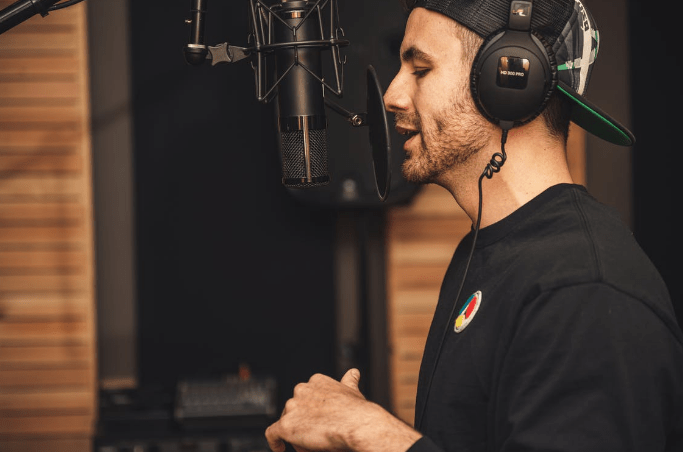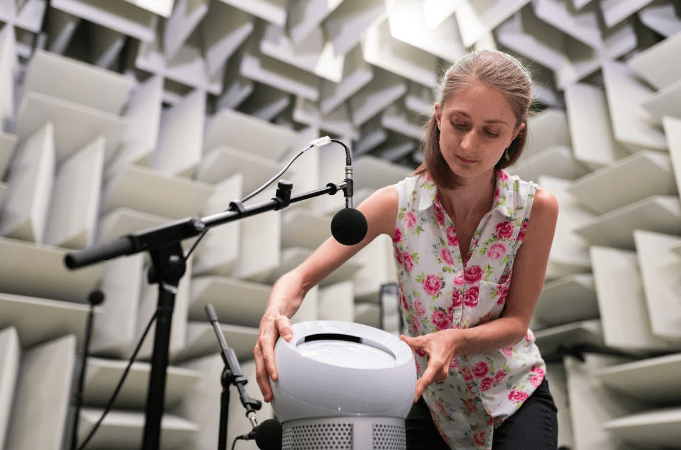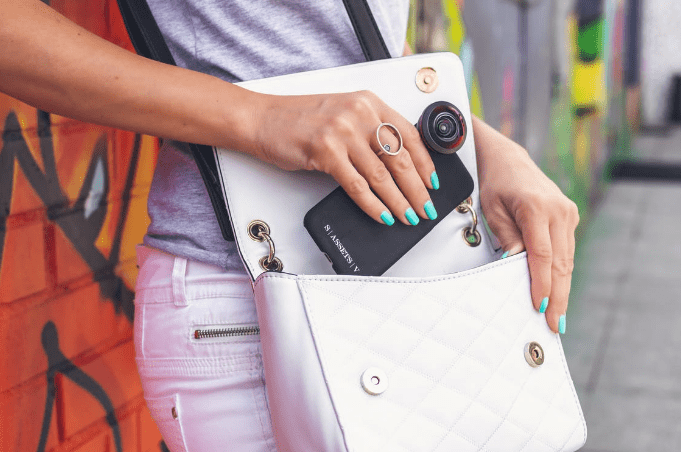The podcast recording tool can be confusing if you are just getting started. You can have many podcast tools, but that doesn’t mean that everything should be there. You can expand your list of podcast tools at any time over time. However, the term covers a very wide range of equipment. It’s easy to imagine a professional radio studio full of scary (and very expensive) equipment. However, for most broadcasters, it is completely different from their recording settings.
You can classify your podcast equipment according to how you record and record voice from microphone to mixer and recorder to the computer.
As we get a little more serious to create a complete podcast studio, I’ll highlight the audio recording equipment you need and a few things you can take later. Most of these individual articles have separate posts, so please refer to those posts for more information.
Best Equipment for Podcast
Now that you have the instructions for your podcast, it’s time to move on to the tools you need. The minimum three things you need are a microphone, a headset, and recording software. Below you will find all kinds of tools you need, and we’ll take a closer look at what we recommend later depending on how seriously you want to take your project.
Microphones
If you need a microphone yourself and you are interviewing people, there is a second microphone. For a microphone, there are several factors to consider, such as style, quality, and cost. We’ve covered podcast microphones in detail in a previous article you can find here.
Most of the built-in microphones on headphones, phones, and laptops do Zoom calls and meetings but aren’t great for stories or podcasts. The easiest way to improve sound quality is to use a USB microphone. This microphone connects directly to your computer and is easy to install to record amazing high-quality audio.
Headphones
Headphones are easy to ignore, but they are an important part of a solid podcast studio. With good headphones, you can block out the noise around you, so you can focus completely on the sound being recorded. Headphones are important because without them you won’t notice sound issues, sound levels, and changes that can be too difficult to repair during post-production.
Good studio headphones limit mic feedback and sound leakage and help you look better. Wireless headphones are best Because you can connect wirelessly to your phone and easily connect to the interface and other audio creation tools using the built-in cable content. Here is some best noise-canceling headphones list find the best one for you.
Recommended
Drivers Studio Headphones MAONO AU-MH601
These come with a 50mm built-in aperture driver that gives you better clarity via an “extended frequency exchange.” There’s also active noise canceling to help podcasters focus on what they want to record or hear.
Software
When it comes to podcast editing software, there are many options available. There are many good options, and it’s usually best to be able to learn the fastest way. If you haven’t started podcasting, you should stick with a simpler program. With experience, you can move on to advanced editing software. The flexible and self-adjustable headphone suitable for various types of heads.
Microphone Mount
If you and your guests don’t want to keep using the microphone throughout the podcast, invest in a microphone stand. They are an important part of any podcast studio. The mic holder is critical to maintaining a consistent sound level throughout the podcast as guests move around. It also gets you more used to the recording. Many USB microphones have a built-in stand, but if you want to use a non-USB microphone or install the microphone where the built-in stand does not allow it, there are many other options.
Shock Absorber
The shock absorber is used to attach the microphone to the microphone boom and helps to eliminate noise caused by vibration or contact with the microphone or microphone boom. For example, if you hit the arm with your hand, the vibrations are transmitted to the microphone through the arm without a shock absorber.
Pop Filter
Pop filters are used to prevent loud popping sounds caused by the air from moving rapidly into the microphone. This usually happens while people breathe in the direction of the microphone or speak, especially when they pronounce the letter “P”. A pop filter is a layer of fabric placed in front of the microphone to block airflow inside the microphone without blocking the sound. They are very cheap. The important thing here is to make sure the microphone is large enough and can be set at a different angle to block all airflow to the microphone. Other names for pop filters include styrofoam if you are using a windshield or handheld microphone.
Audio Interface
You can get the highest quality microphones, headsets, and software, but you always have to struggle with the external audio interface that goes into your podcast recording. To create the highest quality podcasts, you need to be able to control or eliminate this extraneous noise. These noises distract listeners and make amazing podcasts difficult to hear. The use of shock absorbers, pop filters, and a good mixer can reduce the audio interface.
Sound Mixer
The mixer gives you even more granular control over your podcast creation. The mixer allows you to increase or decrease the volume of various frequencies and create great overall podcasts with optimal sound quality. It takes time to learn how to use the mixer, but it is an important tool for serious podcasters.
Similar to the audio interface above, but with a mixer you have more control over levels, inputs, outputs, and more. This is very important if you plan to call guests regularly so you can set up a mix-minus line for remote guests.
Recommended
Zoom LiveTrak L-8 Podcast Recorder
This mixer makes it a breeze to record professional podcast episodes. You only have to press a button to play jingles, sound effects, ads, outros, and more. You can even use the device as an audio interface where you record whole episodes directly to a PC and memory card. Plus, there’s an option to live stream as well.
Portable Digital Recorder
If you want to podcast on the go, you need to buy a portable digital voice recorder. You can do it without using a smartphone. However, the IC recorder lasts longer before the battery runs out and provides a higher quality recording.
This makes it easy to adjust the microphone’s gain (how much you record) and its sensitivity to sounds that aren’t directly in front of you. You can record only what’s in front of or behind the microphone, or have it record everything around you.
Lens for Smartphone
Everyone at WIRED (and almost every week we’ve encountered) is a big fan of cell phone cases and instant lenses. It’s not always cheap, but you can take photos from your smartphone to the next level. Whether you’re shooting podcasts with still images or using an old phone as a camera, wide-angle lenses are a great way to frame everything. It is also useful for streaming.
The second lens needs an improvised stand for your phone, but the company only supports top brands like Apple, Google, OnePlus, and Samsung. Have your company make a case for your phone model.
Conclusion
There are many components used to create podcasts, from content to systems and structures, but podcast hardware is the main building you can’t build anything without. There are expensive tools out there that provide control and quality at the level of recording research, and there are inexpensive and inexpensive alternatives for those who are just starting and don’t want to invest a lot.
All in all, they come in a variety of qualities, atmospheres, and prices. These instructions are summarized according to the type of podcast you are trying to produce and the taste of your intended or actual audience. In the end, you decide how much you want to spend and what you think interacts best with each other. The sound is very subjective! Go ahead and podcast. And good luck!



